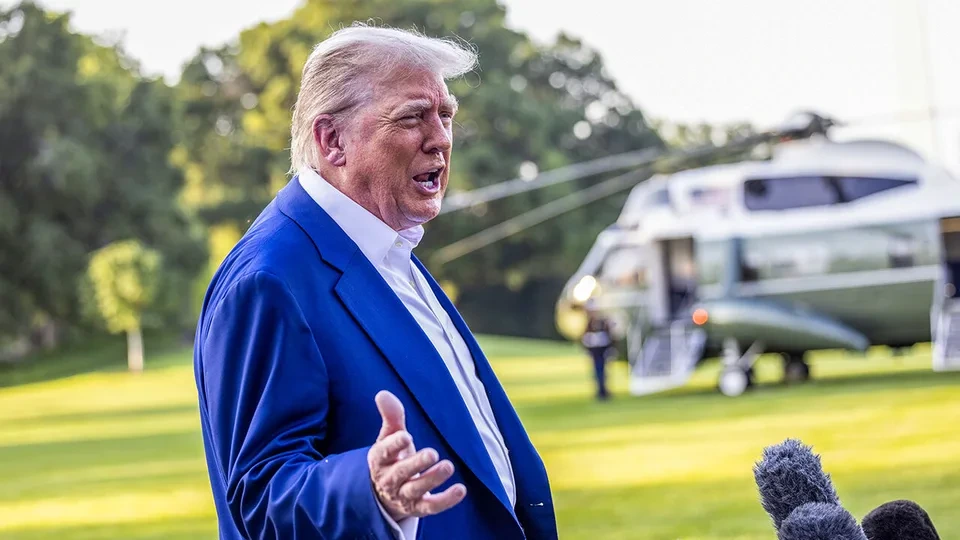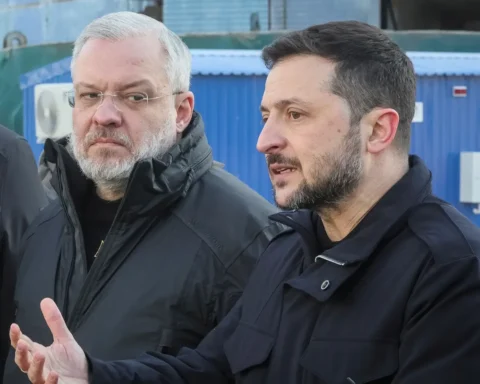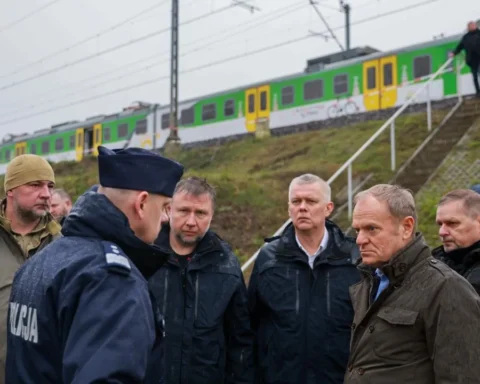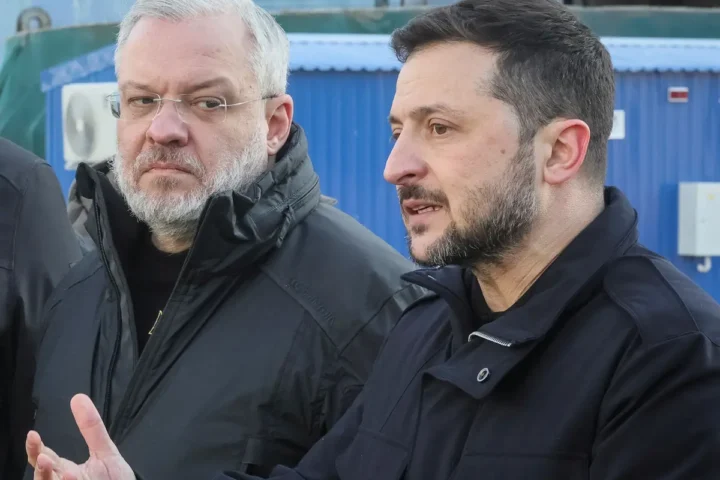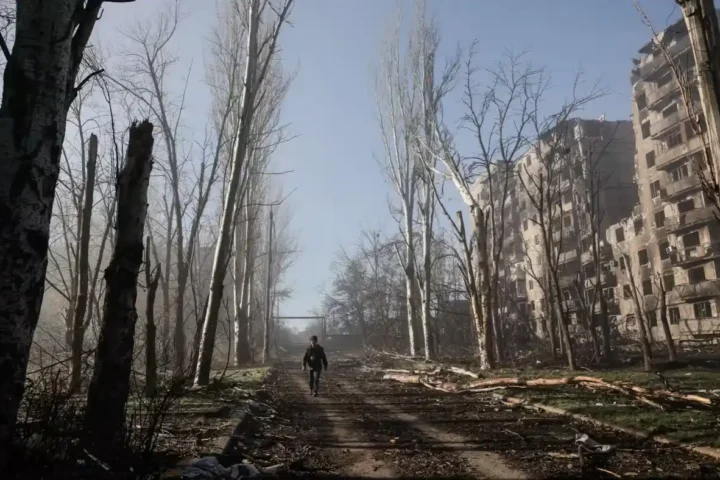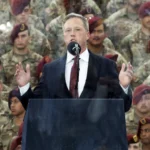After the euphoria came doubt. President Donald Trump confidently declared that “Operation Midnight Hammer” had completely destroyed Iran’s uranium enrichment facilities. However, a leaked intelligence report from June 24 paints a different picture: Iran’s nuclear program has only been delayed by a few months at most. Worse, some believe that part of the enriched uranium may have been quietly moved beforehand.
The report, prepared by the U.S. Defense Intelligence Agency (DIA), is classified as an early “low-confidence” assessment. It has been rejected by both the Trump administration and Israeli officials. Nonetheless, it raises a more fundamental issue: can the Iranian question be solved with a single, decisive military strike? According to The Economist, President Trump is betting on a one-time, massive blow followed by a ceasefire and economic recovery. In reality, the U.S. may be entering a long-term game of containment and regional involvement.
A ceasefire, but no clarity
On the bright side, the ceasefire declared on June 24 is still holding. And the DIA report, for all the headlines, is far from definitive. Its findings are likely to be revised, and other agencies will present competing evaluations. Israeli sources argue that satellite images reveal little about what happened underground and claim they are still tracking the enriched uranium.
Vice President J.D. Vance said on June 23 that the uranium was “safely buried.” Meanwhile, the International Atomic Energy Agency (IAEA) believes the strikes caused serious damage to Iran’s two major enrichment sites. Experts suggest the shockwave from the blasts may have damaged sensitive centrifuges, even if the underground bunkers themselves were not destroyed.
Uncertainty is not a glitch — it’s the nature of this kind of war
This murky picture is not a malfunction, but a feature of air campaigns against deeply buried nuclear infrastructure. And it brings an uncomfortable truth to the surface: if the Iranian regime survives and continues covert nuclear activities, containing it will demand long-term U.S. military commitment in the region. Is America ready for that?
The answer appears to be “maybe.” President Trump has declared the ceasefire could last “forever,” even comparing it to Hiroshima: “That ended that war. This ended the war.” On June 24, J.D. Vance outlined a new foreign policy doctrine built on “clearly defined” American interests, “aggressive” negotiations, and the use of “overwhelming force” when necessary. But the Iran situation is far more complex.
The U.S. may try to outsource the containment effort to Israel, whose intelligence agencies have demonstrated impressive reach and whose air force controls the skies. Yet Israel is already at the edge of its capacity. Iran will rebuild, and the U.S. may be forced to provide continuous military support — with weapons, surveillance, and potentially air strikes of its own.
America is now a co-belligerent and assumes responsibility
With its actions, Washington has become a full-fledged partner in Israel’s military campaign and now bears political and strategic responsibility for the Iran nuclear issue. If the regime collapses, the U.S. will be expected to prevent the resulting chaos from engulfing the region.
Some U.S. strategists fear that this could become a new “forever war,” drawing America into another endless Middle Eastern entanglement. Parallels are already being drawn with 1991, when the U.S. expelled Saddam Hussein from Kuwait but left him in power — and then tried to contain him through inspections, sanctions, no-fly zones, and periodic bombings.
“Change one letter in the country’s name, and it all becomes eerily familiar,” says Richard Fontaine of the Center for a New American Security. “The least likely outcome is that Iran simply disappears as a security threat.” Iraq’s “containment” ended in the 2003 invasion.
Military success rarely becomes political success
Another option is to try turning a fleeting military success into a stable political settlement. But U.S. history in the region is not encouraging. Ronald Reagan’s peacekeeping mission in Lebanon in 1983 ended with suicide bombings against American troops and diplomats. Barack Obama’s 2011 air campaign in Libya triggered a civil war that continues to this day.
Trump, invoking Reagan’s motto of “peace through strength,” claims he wants a lasting deal. His envoy, Steve Witkoff, says that “promising” direct and indirect talks with Iran are underway. Iran’s new president, Masoud Pezeshkian, has expressed readiness to resolve differences “within the framework of international norms.”
The core issue remains the nuclear program
The top priority is to limit Iran’s nuclear capabilities. This goal could also be tied to ending the war in Gaza and achieving normalization between Israel and Saudi Arabia. The most robust agreement would require Iran to renounce its ability to enrich uranium and to hand over its stockpile enriched to 60% — near weapons-grade. But Iran has consistently asserted its right to enrich uranium for “civilian” purposes.
The Economist notes that Trump’s economic promises and offers of trade and friendship may not be enough to sway Iran’s hardliners, especially after the shock of the Israeli strike and their sense of vulnerability. The more Trump insists on “zero enrichment,” the less likely Iran is to accept a deal.
A choice between swift victory and endless containment
Trump has long argued that short bursts of decisive force bring quick results. But if he now threatens renewed military action, prominent MAGA supporters may accuse him of dragging the U.S. into another Middle East debacle. If, on the other hand, he shifts to a strategy of long-term containment, his own advisers may protest the diversion of aircraft carriers, fighter jets, and missile defenses away from the Indo-Pacific — especially since the administration’s defense strategy published in March emphasized homeland defense and deterring China from invading Taiwan.
It has taken just three months for events to upend that strategy. Increasingly, the dream of a one-day Middle Eastern triumph looks less like victory — and more like the beginning of a long and costly ordeal.
This article was prepared based on materials published by The Economist . The author does not claim authorship of the original text but presents their interpretation of the content for informational purposes.
The original article can be found at the following link: The Economist.
All rights to the original text belong to The Economist.


